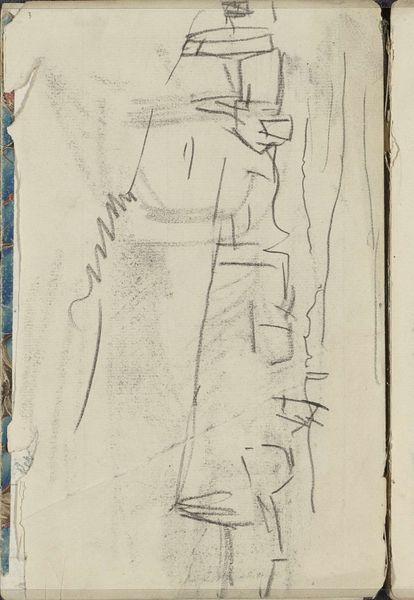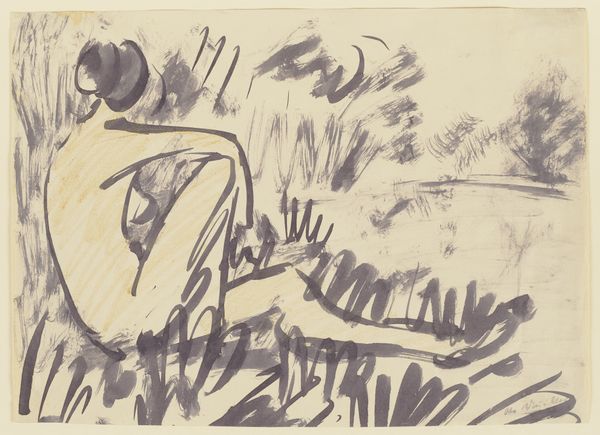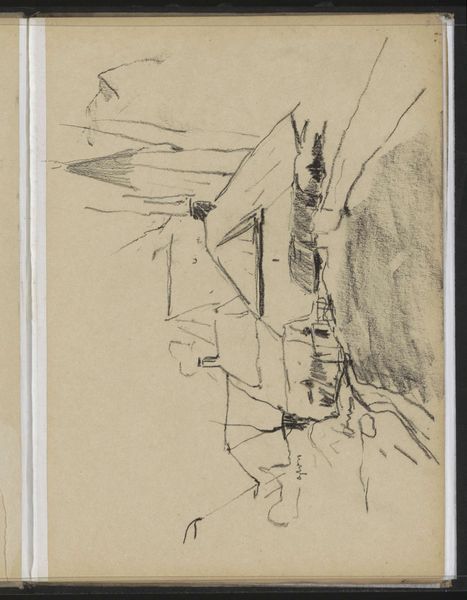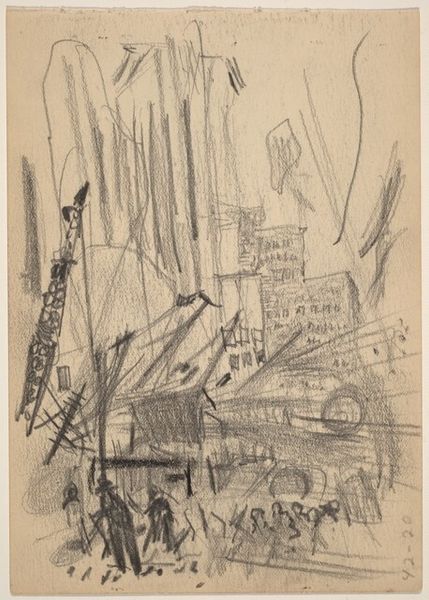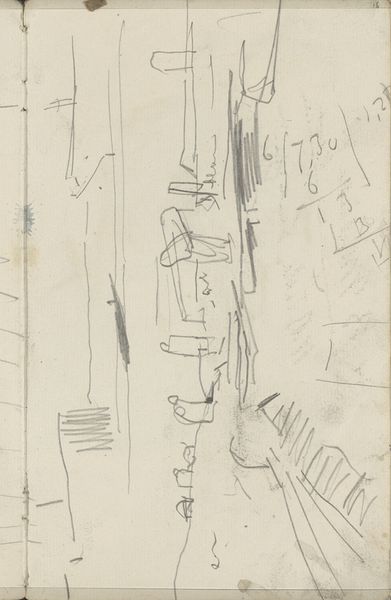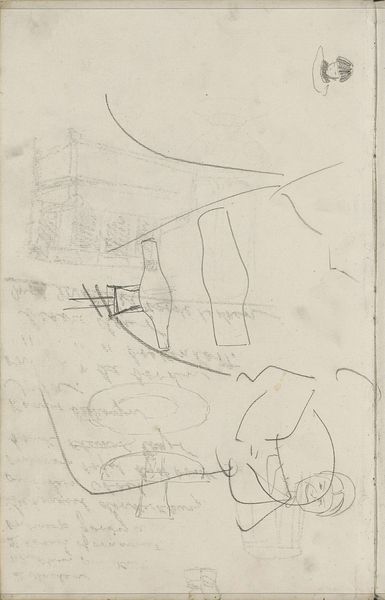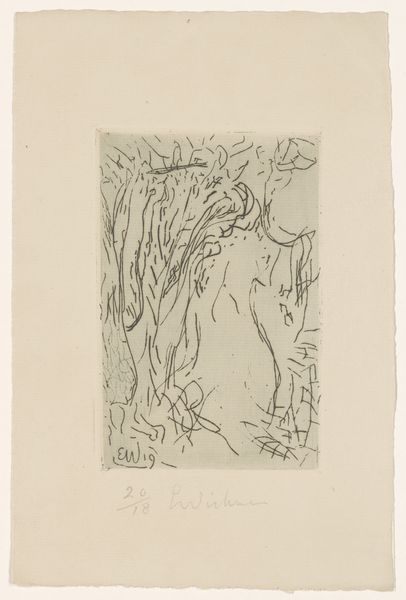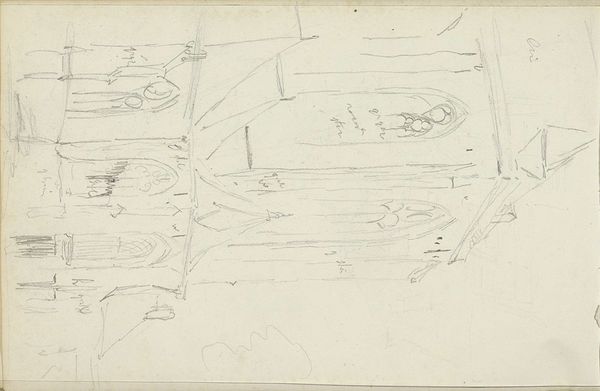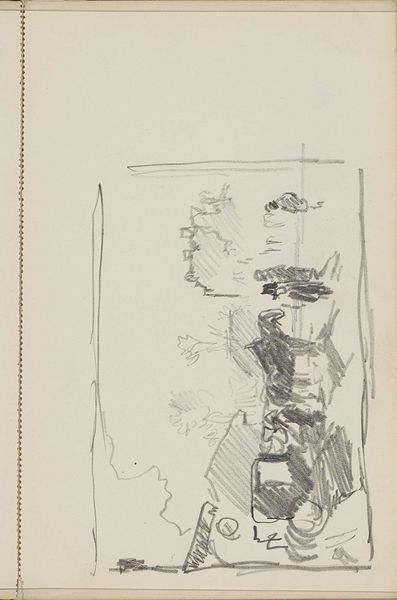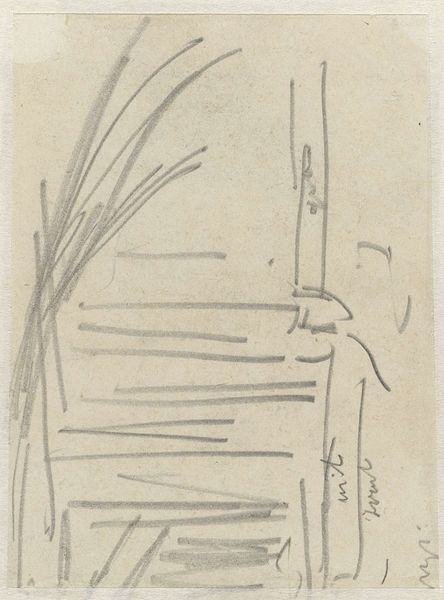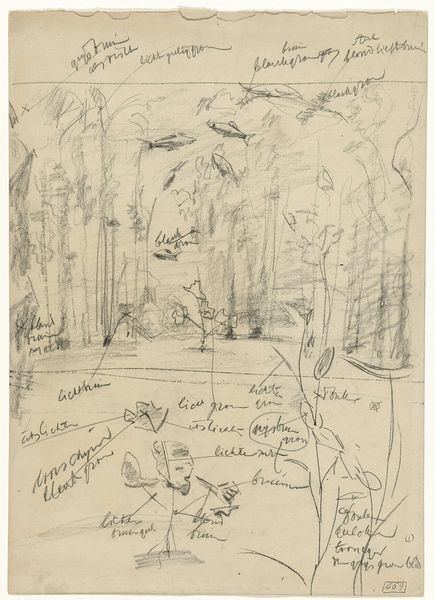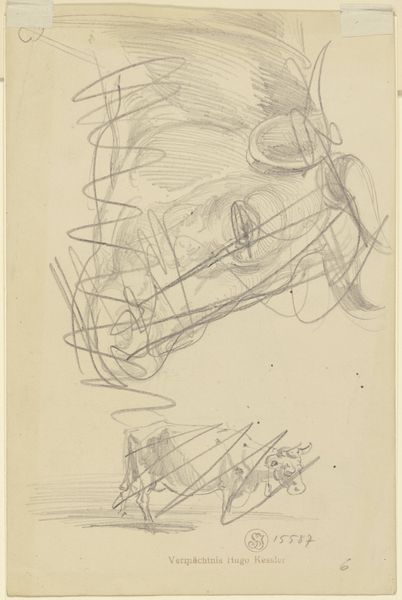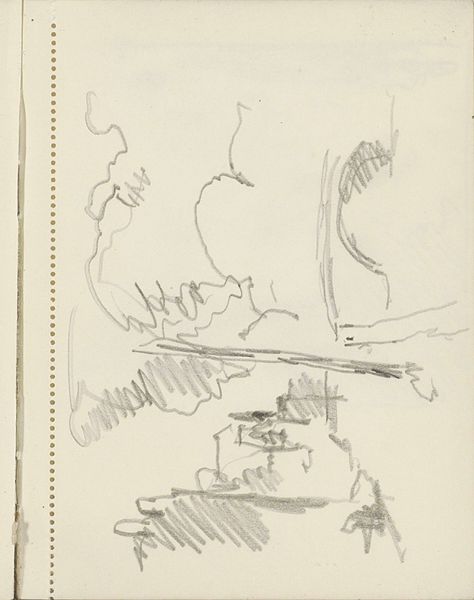
drawing, ornament, pencil
#
drawing
#
ornament
#
geometric
#
pencil
Dimensions: height 173 mm, width 92 mm
Copyright: Rijks Museum: Open Domain
Editor: Here we have August Allebé’s “Schetsblad met ornamentstudies,” dating from between 1848 and 1927, rendered in pencil. It feels so preliminary and fleeting… all these fragmented geometric shapes and swirling forms. How do you interpret this sheet? Curator: As a historian, what immediately grabs my attention is the function of ornament within its historical context. In the 19th century, you had a surge in industrial production. Did these ornament studies inform a larger societal trend towards mass-produced decorative elements? Are we seeing a tension between individual artistic expression and the demands of industrial design? Editor: That's a great point. It makes you wonder what these studies were for specifically. It seems almost like a negotiation of old and new styles. The freehand drawing suggests a tradition, but then the precision needed for mass production is subtly present. Curator: Exactly! Consider the institutions Allebé might have been associated with. Was he connected to a design school? These sketches may have served as teaching aids or preparatory studies for larger projects that catered to both elite patrons and emerging consumer markets. Look at the mix of very rough and then careful study of repeating elements… Were these models intended for architectural details, furniture, or something else entirely? The lack of a defined setting almost encourages us to project onto them. Editor: That’s fascinating. I hadn't considered the broader economic and political context that would have influenced such an artwork. The concept of artistic production takes on a totally different meaning. I am beginning to wonder how artists thought of their role. Curator: Absolutely. It reveals a lot about the complexities artists and designers navigated during that period.
Comments
No comments
Be the first to comment and join the conversation on the ultimate creative platform.
